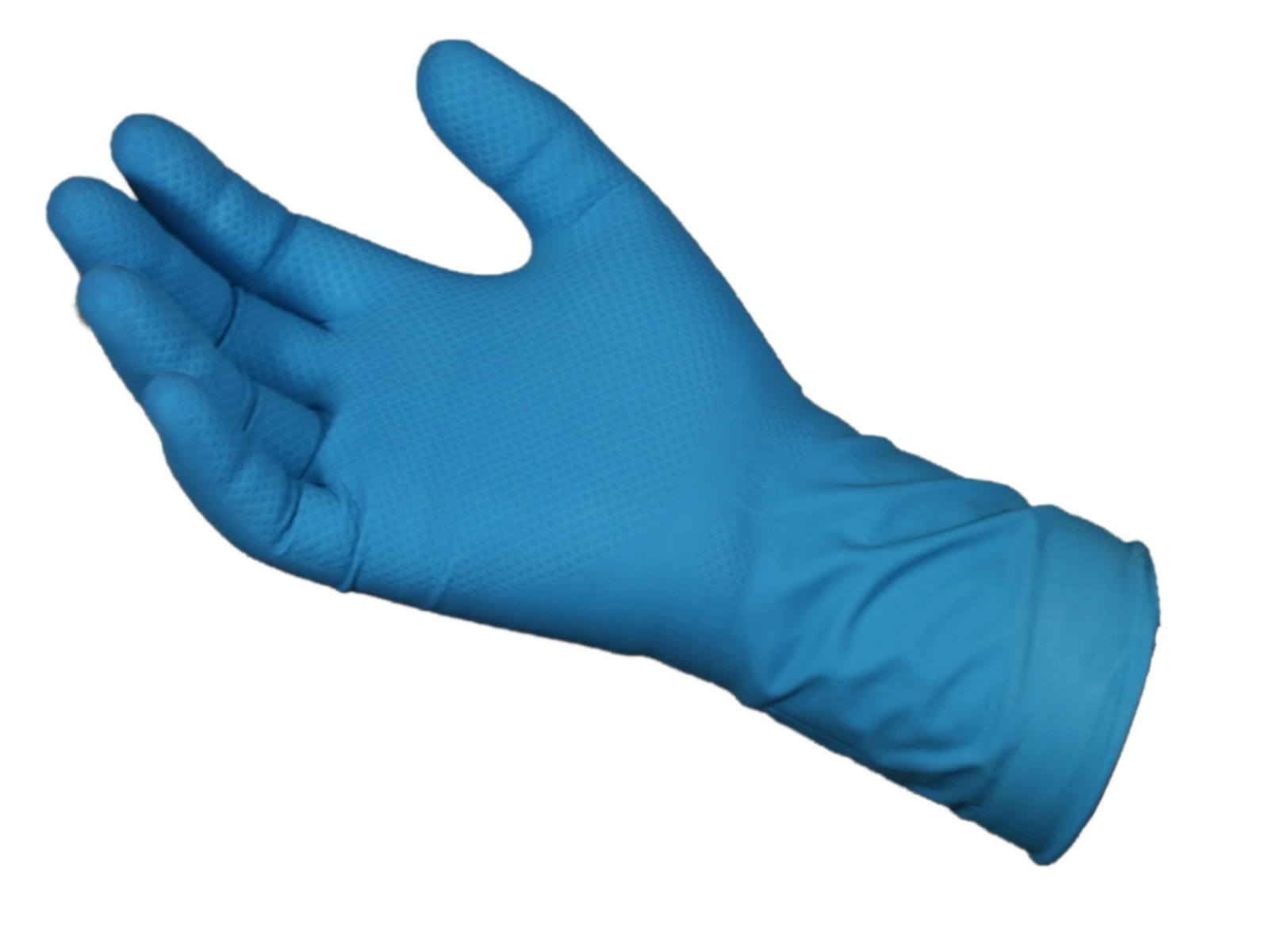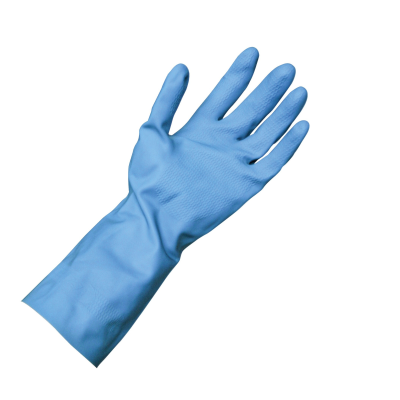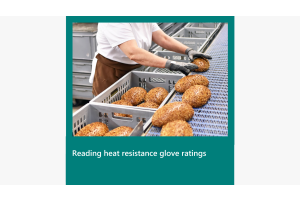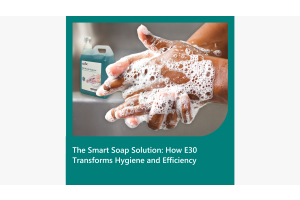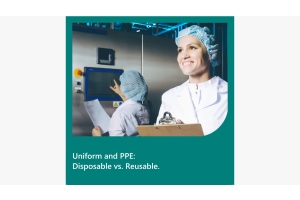Silverlined Gloves and their Alternatives
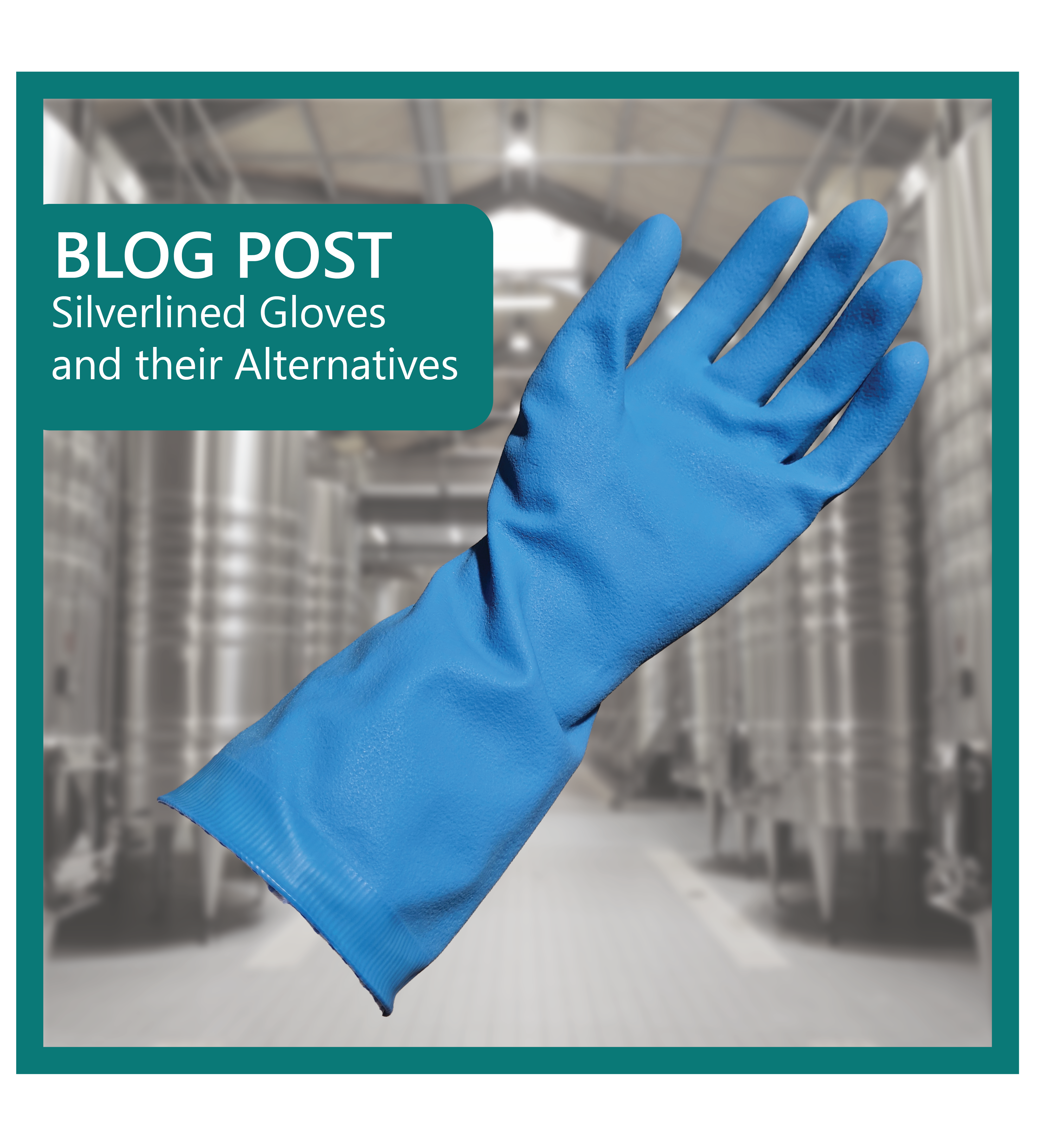
In the food processing industry, workers are often exposed to various work environments that require different types of personal protective equipment (PPE) to maintain hygiene standards. Among the body parts most susceptible to harm are the hands, which are prone to burns, cuts, and exposure to harmful chemicals.
To facilitate easier hand insertion, a grey-coloured coating is applied on the inside of rubber latex gloves. So-called silver lined gloves are generally thicker and offer better resistance to chemical and abrasive hazards than disposable nitrile gloves, making them a good choice for tasks that require heavy-duty protection. They also have better temperature resistance than disposable gloves.
Although silverlined latex gloves are an excellent option for protecting against these risks, a small percentage (less than 1%) of individuals may experience allergic reactions. Therefore, alternative glove options such as heavy duty nitrile should be considered for those who are allergic to latex to ensure the safety of all employees, and to lessen the risk of latex contaminants in food products.
In the event that you do replace your silver-lined latex gloves due to allergens, the primary substitute is a thick nitrile option.
Despite offering greater protection, thicker nitrile gloves are generally less elastic, resulting in reduced dexterity and difficulty with donning. Nevertheless, new silverlined nitrile alternatives have emerged in the market, which tackle some of these challenges.
The grip of gloves is also a crucial factor, particularly in wet environments where silverlined gloves are commonly utilized. Although most gloves have some level of grip, silverlined gloves are distinguished by their prominent grip styles, such as fish scale, diamond patterns, and sandpatch. Although fish scale and diamond grip patterns may appear to offer a superior level of grip, there are situations such as in the poultry processing industry, where the sandpatch style grip is usually the most effective since it is less likely to accumulate solid fatty residue, ensuring a secure grip even in slippery conditions.
It is crucial to uphold hygiene standards while ensuring the safety of your staff, therefore it is recommended to test various alternatives to identify the most appropriate one for your requirements.


